Different Styles and Types of Patio Doors: Buyer’s Guide
Table of Contents
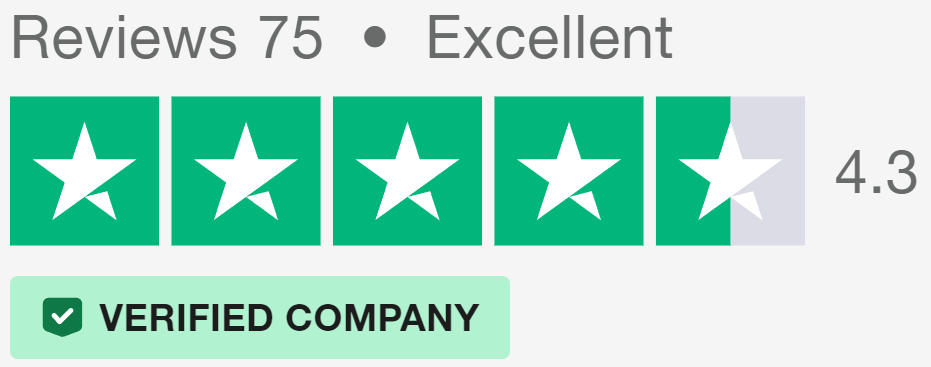
What Are Patio Doors?
Patio doors serve as a functional and aesthetic link between indoor living spaces and outdoor areas. These glass doors not only provide access to gardens, patios, or balconies but also allow natural light to flood interior rooms. Various types of patio doors are available, each offering distinct benefits in terms of design, functionality, and space utilisation.
Key Features of Patio Doors
Glazing Options
Double glazing is now standard in most installations, offering improved insulation compared to single-pane options. For homes in particularly cold or noisy areas, triple glazing provides additional thermal and acoustic benefits. Some patio door types feature low-emissivity coatings, which help maintain indoor temperatures by reflecting heat back into the room.
Opening Mechanisms
Sliding doors operate on tracks, making them ideal for areas where space is at a premium. Folding doors, also known as bifolding doors or concertina doors, consist of multiple panels that fold accordion-style, creating a wide opening when fully retracted. French doors swing open on hinges, typically in pairs, offering a traditional aesthetic.
Frame Materials
The material used for patio door frames affects both aesthetics and performance. uPVC frames offer good insulation and low maintenance at a competitive price point. Aluminium frames provide strength and slim profiles, suiting modern architectural styles. Timber frames bring a classic, warm appearance but require regular maintenance to preserve their condition.
Security Features
Given their size and accessibility, patio doors require robust security measures. Many modern designs incorporate multi-point locking systems, which secure the door at several points along the frame. Toughened or laminated glass adds an extra layer of security, resisting force and reducing the risk of break-ins. Try to consider the balance between ease of use and security features.
Sliding Patio Doors
Among the various types of glass doors, sliding designs stand out for their sleek efficiency. These patio door types feature large glass panels that glide horizontally along tracks, offering a space-saving solution for homes of all sizes.
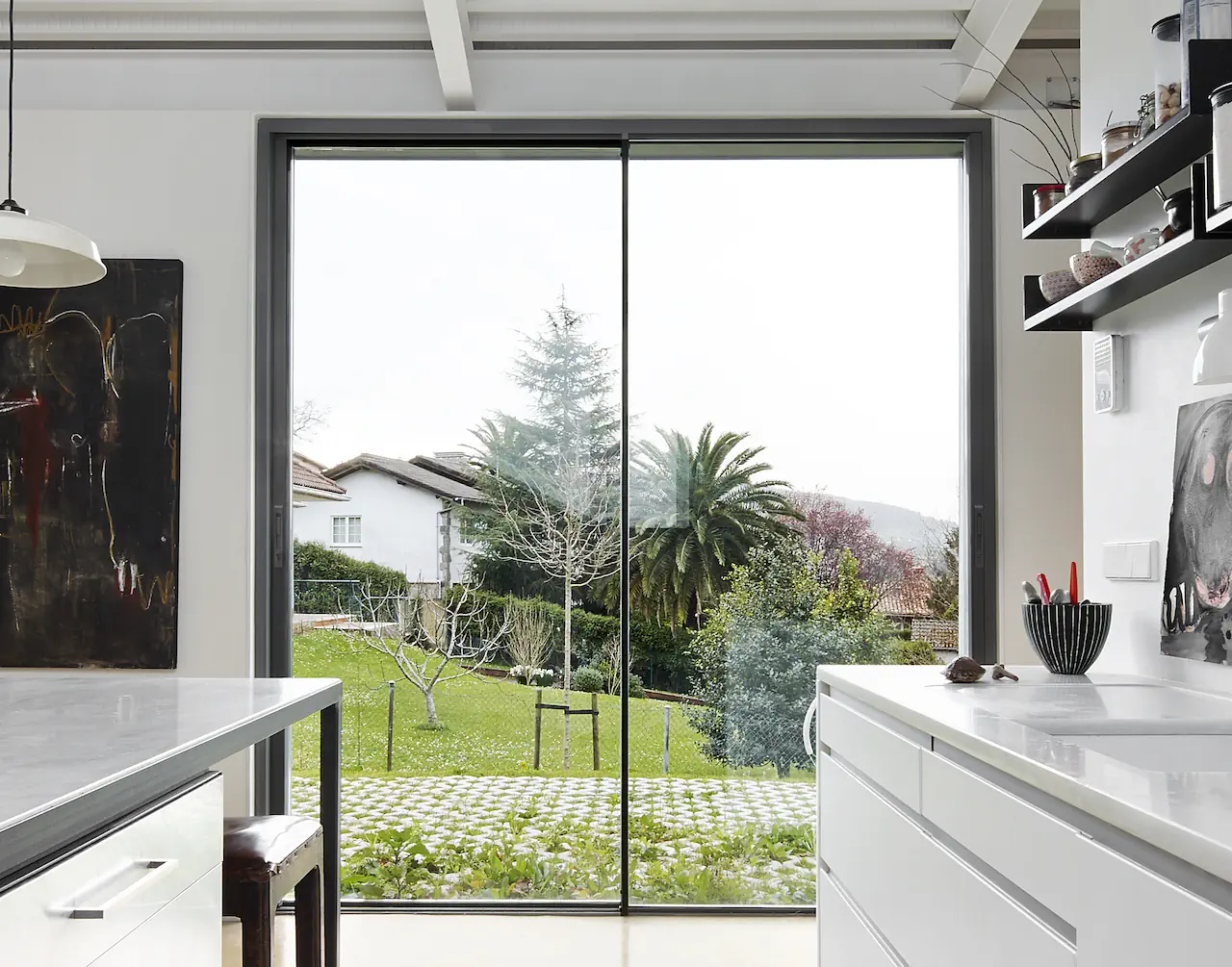
Sliding patio doors typically comprise two or more panels, with at least one mobile section that moves behind the others. This configuration makes them an excellent choice for areas where swing-out doors might be impractical. Homeowners often opt for these patio door types when they want to maximise their view and minimise obstruction.
The streamlined nature of sliding glass doors allows for furniture placement close to the doorway, a boon for smaller living spaces.
When closed, sliding patio doors act as expansive windows, framing outdoor scenes and allowing ample natural light to pour in. This creates a visual link between indoor and outdoor spaces, even when the doors themselves remain shut.
Single vs Multi-Track Sliding Doors
There are two main sliding patio door styles of track mechanism: single-track and multi-track systems. Single-track designs, common in traditional patio doors, feature two panels where one slides over the other. While cost-effective and straightforward, these systems limit the opening to about half the total door width.
Multi-track patio doors incorporate three or more independently sliding panels. These systems can open up a larger portion of the wall, offering greater flexibility in how homeowners connect their indoor and outdoor spaces. Some multi-track designs allow all panels to slide to one side, effectively removing the entire barrier between inside and out.
The choice between these styles often hinges on the desired level of openness and specific spatial requirements. Multi-track systems, while offering greater versatility among sliding patio door types, typically come with a higher price tag and may need more substantial structural support.
French Doors as Patio Doors
French doors typically feature large glass panes divided by glazing bars, allowing ample natural light to enter interior spaces. Their flexible design suits both period properties and modern homes, making them a sought-after choice for connecting indoor and outdoor areas.
One of the main benefits of French doors is their ability to open fully, providing unobstructed access between home and garden. This quality makes them particularly suitable for entertaining or for homeowners who want to create a smooth flow between interior and exterior spaces.
Inward vs Outward Opening
The opening direction of French patio doors can greatly affect their practicality and suitability for different spaces. Both inward and outward-opening options have their advantages, and the choice often depends on specific room layouts and individual needs.
Inward-opening French doors are a common selection for many homes. They work well in situations where external space is limited, such as on balconies or small patios. However, they do require interior clearance, which might influence furniture arrangement or room layout.
Conversely, outward-opening doors maintain internal space but need external clearance. They can be beneficial in rooms where interior space is at a premium. Moreover, outward-opening doors can offer improved weatherproofing, as wind pressure pushes the door more tightly against its seals.
Outward-opening doors can provide better protection, as their hinges are located on the inside, making them more difficult to tamper with from the outside.
When deciding between inward or outward-opening French doors, homeowners should weigh factors such as available space, local climate, and security requirements. Both options can serve as an attractive and functional entry point to outdoor areas, improving the overall appeal and usability of living spaces.
Bifold Patio Doors
Bifold patio doors offer a unique blend of form and function. These doors consist of multiple panels that fold accordion-style, stacking neatly to one side when opened. This innovative design allows for a wide, unobstructed opening, making bifolds a popular choice.
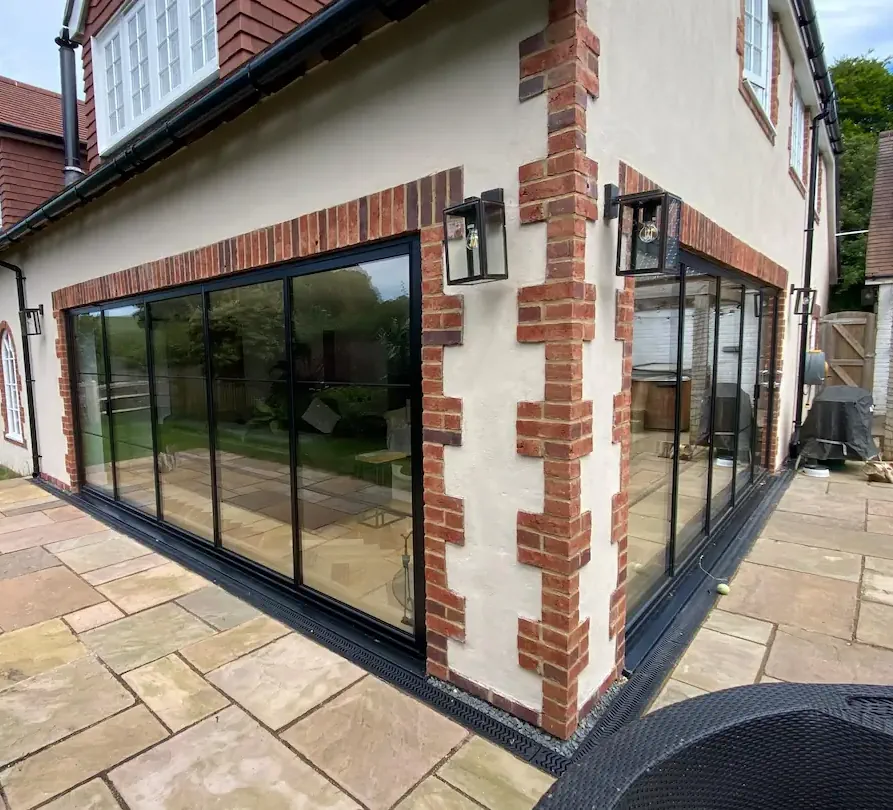
Unlike traditional sliding or French patio door styles, bifold doors can span larger widths, potentially opening up an entire wall. This feature makes them particularly well-suited for expansive views or for creating a seamless transition between interior living spaces and outdoor areas such as patios, decks, or gardens.
When closed, modern bifold patio doors appear as a wall of glass, flooding interior spaces with natural light and providing uninterrupted views of the outdoors. This characteristic can make rooms feel larger and more open, even when the doors are shut.
Configuration Options
Bifold patio doors offer flexibility in their configuration, allowing homeowners to tailor the design to their specific needs and preferences. The number of panels can vary, typically ranging from two to eight, depending on the width of the opening and the desired aesthetic.
One popular configuration is the ‘traffic door‘ option. This design incorporates a single door that can be used independently of the others, providing convenient access without the need to fold back the entire system. This feature is particularly useful for day-to-day use, reserving the full opening for special occasions or pleasant weather.
Bifold doors can be designed to stack internally or externally, and they can open from the centre or from one side. The choice often depends on factors such as available space, the layout of the room, and personal preference.
Threshold Choices
The threshold, or the bottom track of bifold patio doors, plays an important role in both the doors’ operation and the transition between the room and patio. Different threshold options cater to various needs and preferences.
A standard threshold provides a clear delineation between interior and exterior areas and offers good weatherproofing. However, it can create a small step that might be less suitable for households with accessibility concerns.
Low-threshold options reduce the height difference between indoor and outdoor surfaces, creating a smoother transition. These are particularly beneficial for homes where easy access is a priority, such as those with young children or elderly residents.
For the most seamless transition, some bifold door systems offer flush thresholds. These sit level with both the interior and exterior flooring, effectively eliminating any step. While this option provides the smoothest possible flow between spaces, it may require additional considerations for drainage and weatherproofing.
Slide and Fold Doors
Slide and fold doors (also known as slide and stack, slide and pivot, or slide and turn) represent an innovative fusion among patio door types. This unique style combines the smooth operation of sliding doors with the wide opening capabilities of bifolds.
These patio door styles feature panels that initially slide along a track, then fold to one side. This mechanism allows for flexible use of space, as the doors can be partially or fully opened depending on the situation. When completely retracted, slide and fold doors create a broad, unobstructed opening, much like their bifold counterparts.
One of the key advantages of this patio door type is its ability to adapt to various weather conditions. On mild days, homeowners can fully open the doors to merge indoor and outdoor areas. During less favourable weather, the doors can be partially opened or kept closed while still providing expansive views.
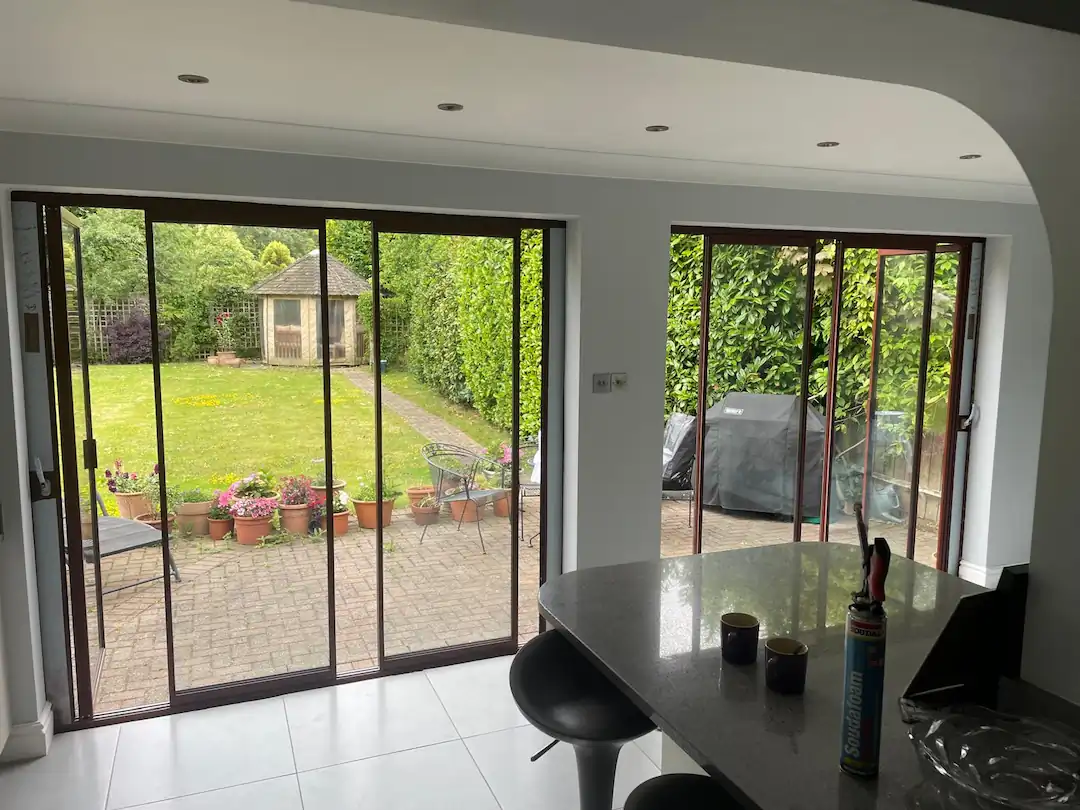
How Slide and Fold Doors Work
The operation of slide and fold doors involves a two-step process. First, the door panels slide horizontally along a track, similar to traditional sliding patio doors. Once the panels reach a certain point, they can be folded back, accordion-style, to stack neatly against the wall.
This mechanism requires precision engineering to ensure smooth operation. High-quality hardware, including rollers and hinges, is crucial for the long-term performance of these doors. The track system must be robust enough to support the weight of the panels while allowing for easy movement.
Most slide and fold door systems incorporate a lead panel that operates like a standard door. This feature provides convenient everyday access without the need to open the entire system, similar to the ‘traffic door’ option in bifold designs.
Advantages Over Other Patio Door Types
Slide and fold doors offer several benefits when compared to other types of patio doors. Their ability to open fully, like bifolds, allows for maximum use of space and creates a strong connection between interior and exterior areas. At the same time, they retain the option to function as sliding doors, providing flexibility in how the space is used.
The sliding mechanism can make these doors easier to operate than pure bifold systems, especially for larger installations. The initial sliding motion reduces the effort required to start folding the panels, which can be particularly beneficial for wider door sets.
In terms of security, slide and fold doors often feature multi-point locking systems along the length of the doors. When closed, they provide a solid barrier, comparable to other patio door styles in terms of home security.
While slide and fold doors may require more complex installation than simpler patio door types, they offer a unique combination of features that can suit a wide range of homes and lifestyles and can be a great alternative to bifold doors. Homeowners considering this option should weigh factors such as available space, desired openness, and frequency of use when deciding if slide and fold doors are the right choice for their property.
Frameless Glass Doors
Frameless glass doors offer a distinct look among patio door types. This design removes visible frames around the glass panels, creating a nearly invisible divide between indoor and outdoor areas. As a result, frameless doors provide clear views and a current look that attracts homeowners wanting a fresh, modern style.
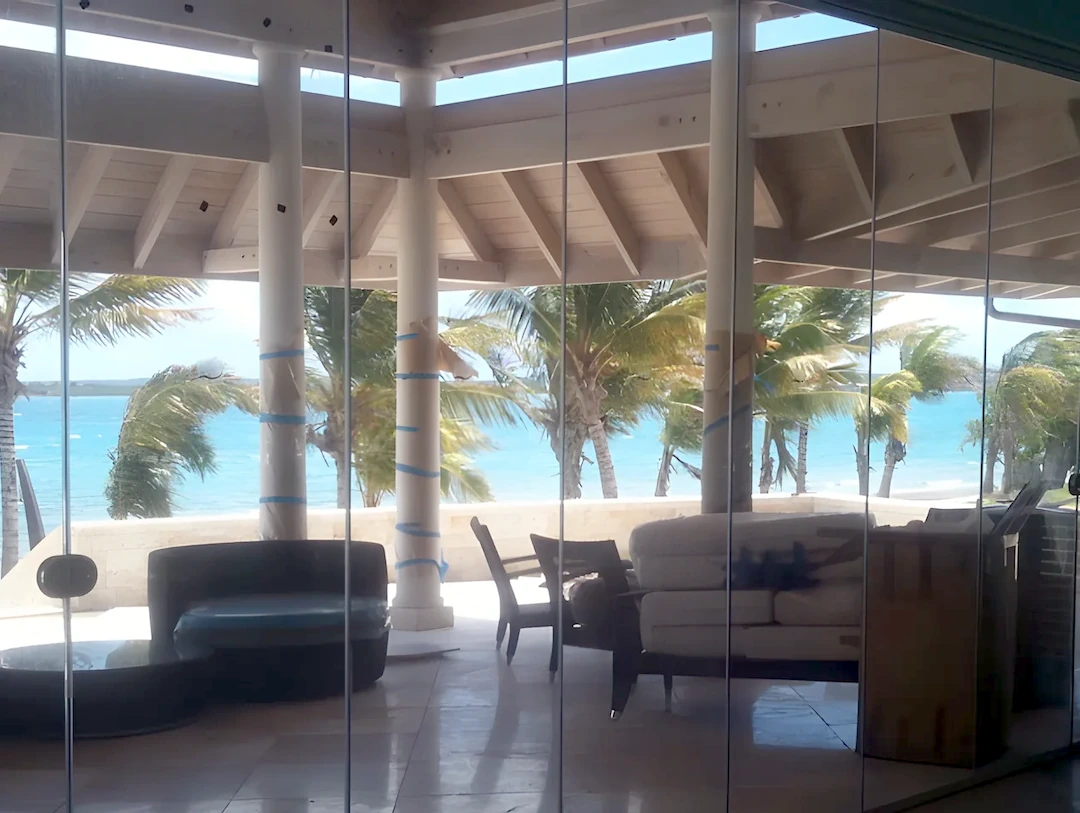
These patio doors usually consist of thick, toughened glass panels that move along subtle tracks. Without bulky frames, the doors allow for larger glass areas, letting in more natural light and offering better views of the outdoors. This can make indoor spaces feel more open and linked to the garden or patio.
A key benefit of frameless glass doors is how well they fit with different building designs. While they suit modern homes particularly well, they can also add an interesting new element to more traditional houses, bringing in a touch of contemporary style.
Installation Requirements
Setting up frameless glass doors needs careful planning – the strength of the surrounding walls is vital, as these doors can weigh more than standard framed options. A strong support system is needed to hold the glass panels and ensure they slide smoothly.
The track for frameless doors must be fitted precisely to allow easy movement. Many systems use stainless steel or aluminium tracks set into the floor, creating a smooth path between indoor and outdoor areas. Proper alignment is key to avoid problems with opening and closing the doors.
Keeping out weather presents a unique challenge with frameless designs. Without traditional frames, these patio door types rely on clever sealing methods to keep energy use down and stop drafts. High-quality gaskets and seals are important parts that need careful fitting and occasional upkeep.
Professional fitting is usually best for frameless glass doors due to the exactness required. Skilled fitters can make sure the doors are properly placed, aligned, and sealed, helping them work well and last longer.
Upkeep
While frameless glass doors look striking, they do need specific care to keep them looking good and working well. Regular cleaning is essential to maintain the clear views that make these doors so appealing. Using suitable glass cleaners and soft cloths can help avoid scratches and keep the glass clear.
The track needs periodic cleaning and oiling to ensure smooth sliding. Bits of dirt can build up in the tracks, potentially causing problems with movement. Regular checks and cleaning of the tracks can prevent many common issues.
Weather seals and gaskets might need replacing now and then to keep the doors energy-efficient. Homeowners should check these parts regularly for signs of wear or damage.
Despite these upkeep needs, many find that the look and wide views offered by frameless glass doors make them a good choice among patio door styles. Their ability to create a smooth flow between inside and outside can change living spaces, making them popular for those wanting to feel more connected to their outdoor areas.
Choosing the Right Patio Door
Selecting from various patio door types requires careful thought. Your choice will affect your home’s look, feel, and function for years to come.
Assessing Your Space
Sliding patio doors work well in tight spaces, whilst bifold doors need room to stack when open. French doors require swing space both inside and out.
Your view should also factor into the decision. If you have a stunning garden or landscape, frameless glass doors or sliding doors with large panels can offer unobstructed views.
Climate
In areas with harsh winters, doors with excellent insulation are crucial. Look for patio doors with double or triple glazing and good weather sealing.
For coastal areas, corrosion-resistant materials are important. Aluminium or uPVC frames might be more suitable than wooden ones in these locations.
In hot climates, you might want to consider patio door types with special glass coatings that reduce heat gain. This can help keep your home cooler and reduce energy bills.
Security Features
Safety is a top priority when choosing among different types of patio doors. Models with multi-point locking systems, which secure the door at several points along the frame, offer increased protection.
Toughened or laminated glass adds an extra layer of security. It’s harder to break and, if shattered, stays in place rather than falling in dangerous shards.
For sliding patio doors, anti-lift mechanisms prevent the door from being lifted off its tracks. French doors and bifolds should have robust locking bolts at top and bottom.
Energy Efficiency
Energy-efficient patio door types can help reduce heating and cooling costs. Doors with good U-values (a measure of heat loss) and low E-glass, which reflects heat back into the room, are worth considering.
The way the door seals when closed is also important. Good quality weather stripping helps prevent draughts and heat loss.
Consider the orientation of your patio doors. South-facing doors might benefit from glass that reduces solar gain in summer, whilst north-facing doors might prioritise heat retention.
Patio Door Materials
The material of your patio doors affects their look, durability, and maintenance needs. Here’s an overview of common materials used in various types of patio doors.
uPVC Patio Doors
uPVC (unplasticised polyvinyl chloride) is a popular choice for patio doors. It’s affordable, low-maintenance, and offers good insulation. uPVC is cost-effective, resistant to rot and rust, a good insulator, and easy to clean. However, it offers limited colour options and can look less premium than other materials. It’s also not as strong as metal or wood.
Aluminium Patio Doors
Aluminium patio doors offer a sleek, modern look. They’re strong, allowing for slimmer frames and larger glass areas. Aluminium doors boast slim profiles for maximum glass area, strength and durability, and low maintenance. They can be powder-coated in various colours. On the downside, aluminium is not as good an insulator as uPVC or wood and can be more expensive than uPVC.
Timber Patio Doors
Wooden patio doors bring warmth and character to a home. They suit both traditional and contemporary settings. Timber doors offer a natural, warm appearance, good insulation, and can be painted or stained to suit your style. They’re also environmentally friendly if sourced responsibly. However, timber requires regular maintenance to prevent warping or rotting, can be more expensive than uPVC or aluminium, and may swell or shrink with changes in humidity.
Frequently Asked Questions
What's the difference between sliding and slide and fold doors?
While both are popular types of patio doors, sliding and slide and fold doors operate differently. Sliding garden doors move horizontally along a track, with panels overlapping each other. In contrast, sliding folding doors, also known as slide and fold doors or slide and stack doors, combine sliding and folding mechanisms. These doors initially slide, then fold accordion-style to one side, offering a wider opening than standard sliding doors.
Which patio door type is best for small spaces?
For compact areas, certain patio door types work better than others. Sliding exterior doors are often ideal for small spaces as they don’t require swing room. Frameless sliding doors can make a space feel larger by minimising visual barriers. Another space-saving option is pocket sliding doors, which disappear into the wall when fully open. For very tight spaces, single panel hinged doors can be a practical choice among the various types of patio doors.
What's the average lifespan of aluminium patio doors?
Aluminium patio doors are known for their durability and longevity. With proper care and maintenance, these doors can last 20 to 30 years or even longer. Their resistance to corrosion, warping, and general wear makes them a long-lasting choice among patio door types. However, factors such as local climate, usage frequency, and maintenance practices can influence their lifespan.
What are low threshold patio doors?
Low threshold sliding patio doors feature a minimal step between indoor and outdoor spaces. This design improves accessibility, making it easier for people with mobility issues to move between areas. It also creates a smoother transition for activities like moving furniture or pushing prams. Low-threshold options are available in various patio door types, including sliding, French, and bifold styles, offering improved accessibility without compromising on style or function.
What's the best patio door type for coastal homes?
Coastal homes require patio door types that can withstand salt air and high humidity. Aluminium patio doors are often an excellent choice for seaside properties due to their corrosion resistance. uPVC is another suitable option, as it doesn’t rust or rot. It’s also important to consider wind resistance and weatherproofing features in your chosen patio door types.
What are the latest trends in patio door designs?
Current trends in patio doors focus on maximising views. Frameless patio doors are gaining popularity for their minimal visual obstruction. Large panel sliding exterior doors are also trendy, offering expansive views. Dark frame colours, particularly black, continue to be fashionable across various types of patio doors, adding a contemporary touch to both modern and traditional homes.
Are there patio door options for period properties?
Yes, several patio door types can complement period properties while offering modern performance. Traditional French doors remain a popular choice for older homes. For a more contemporary take, Crittall style doors can bridge the gap between old and new. Some manufacturers offer patio door types with period-appropriate detailing, such as mock sash horns or decorative glazing bars. When selecting exterior doors for period properties, consider options that match the era and architectural style of your home.
Can I get patio doors with built-in blinds?
Yes, some patio door types come with integrated blind systems. Bifold doors with integral blinds are particularly popular, offering a clean, modern look. These blinds are typically sandwiched between glass panes, protecting them from dust and damage. They’re available in various styles of glass doors, including sliding and French designs. Built-in blinds offer convenience and a sleek appearance, eliminating the need for external window treatments and simplifying cleaning and maintenance.
We Can Help You!
Vision Glass Doors is a designer, manufacturer, and installer of premium door systems. We are a family run business with over 20 years’ experience and 5,000 installations across the UK.
Our leading range of door systems include Ultra Slim – Slide and Turn Doors, Slimline Sliding Patio Doors and Frameless Glass Doors.
Click Quick Quote Online for a free quotation within 24 hours. Alternatively, call or email us on 01582 492730 or at info@visionglassdoors.co.uk.

